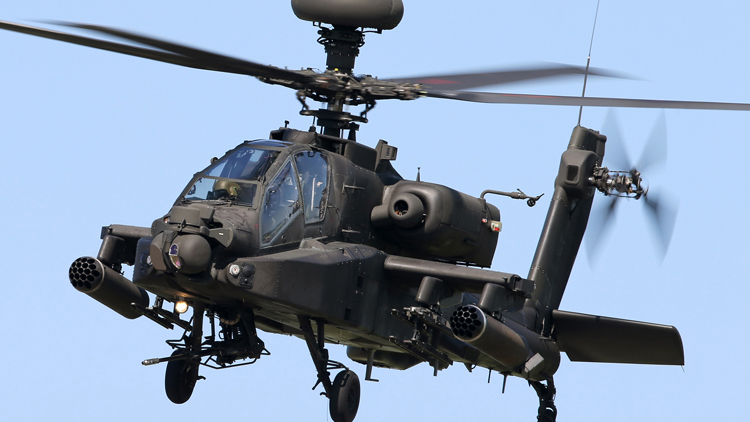- Prime Minister Narendra Modi inaugurates Aero India 2023 in Bengaluru; Releases Commemorative Stamp
- Defence Secretary meets delegations from Saudi Arabia, USA and Oman on the sidelines of Aero India 2023
- Foreign Ministers of 32 countries to attend Aero India 2023
- Embraer showcases the C-390 Millennium at Aero India 2023
Collins Aerospace demonstrates unique capabilities of new highly flexible two-channel airborne networking radio to US DoD
- New TruNet™ AR-2000 airborne radio doubles the available channels to the warfighter for increased flexibility on the battlefield
- Uses 95 percent of existing hardware for low risk and cost-effective implementation

Collins Aerospace Systems, a unit of United Technologies Corp., recently demonstrated the increased flexibility and bandwidth of its new TruNet™ AR-2000 two-channel, software-defined networking airborne radio to members of the U.S. Department of Defense (DoD). The AR-2000 features dual internal power amplifiers that eliminates the need for external power amplification or external cooling. This reduces the size, weight, and power requirements for installation on target platforms such as tactical helicopters, Command and Control (C2) aircraft and larger unmanned aircraft.
With a software-defined architecture, the AR-2000's capabilities are mission adjustable through software reload. This design approach also allows the radio to adapt and grow with the changing threat environment by incorporating new waveforms as they emerge. The flexibility means the radio can support existing waveforms such as the Single Channel Ground and Airborne Radio System (SINCGARS), as well as address future requirements including networking.
"The AR-2000 is the latest example of our TruNet radio architecture, which has been designed for both airborne and ground radio applications," said Troy Brunk, vice president and general manager, Communication, Navigation and Guidance Solutions for Collins Aerospace. "This provides our customers with a low risk, reliable and cost-effective approach to crypto modernization and multi-channel advanced networking operations no matter what the mission is."
The demonstration of the AR-2000 provided simultaneous operation of two networks that connected both Collins Aerospace and other DoD inventory radios. One channel operated a multi-node networking waveform with shared voice, data, and video, while the second channel operated using the SINCGARS waveform.





